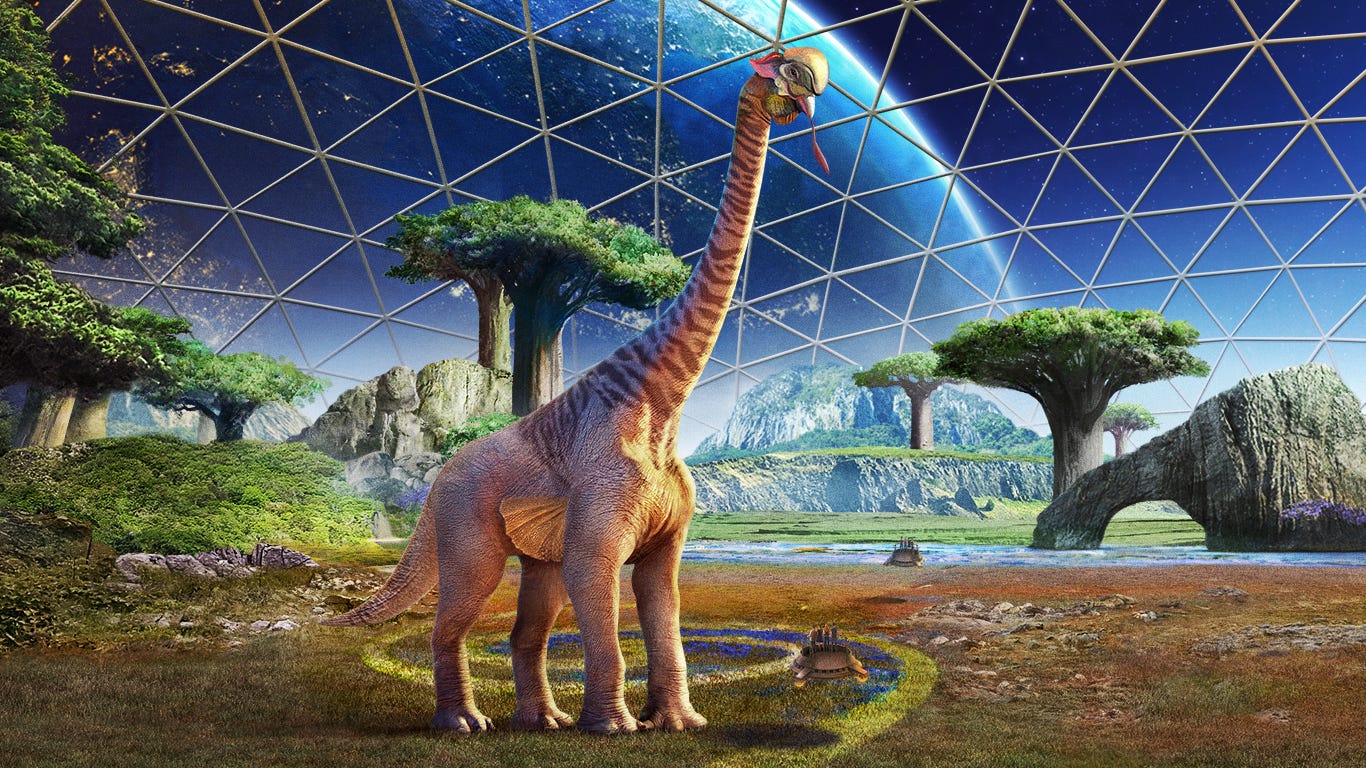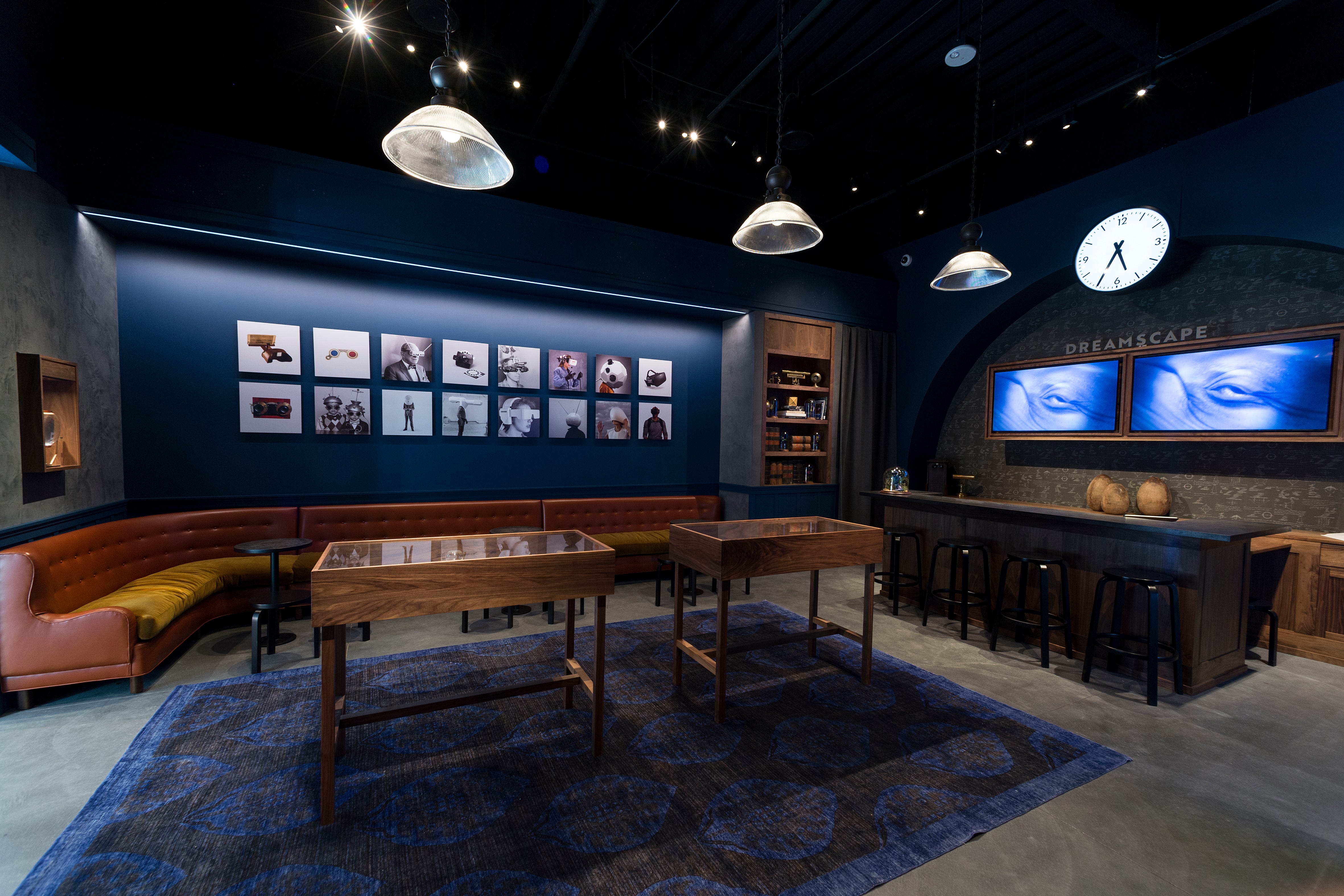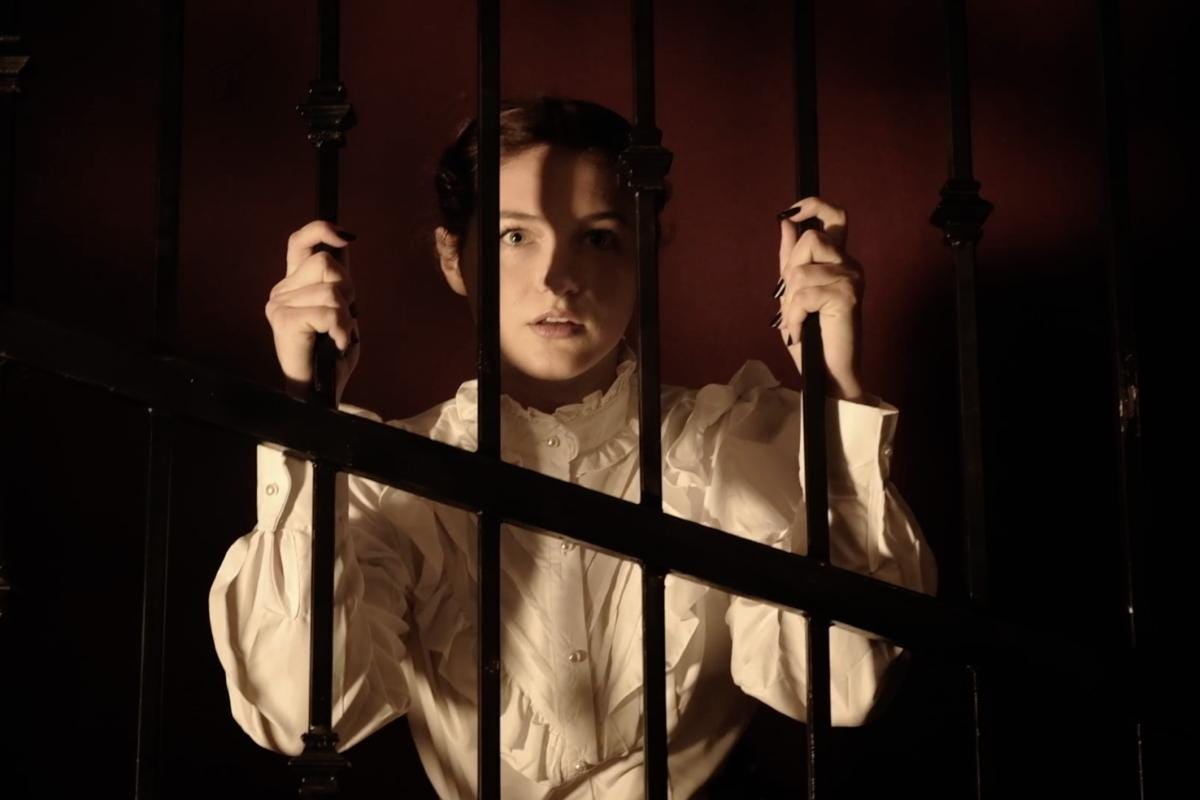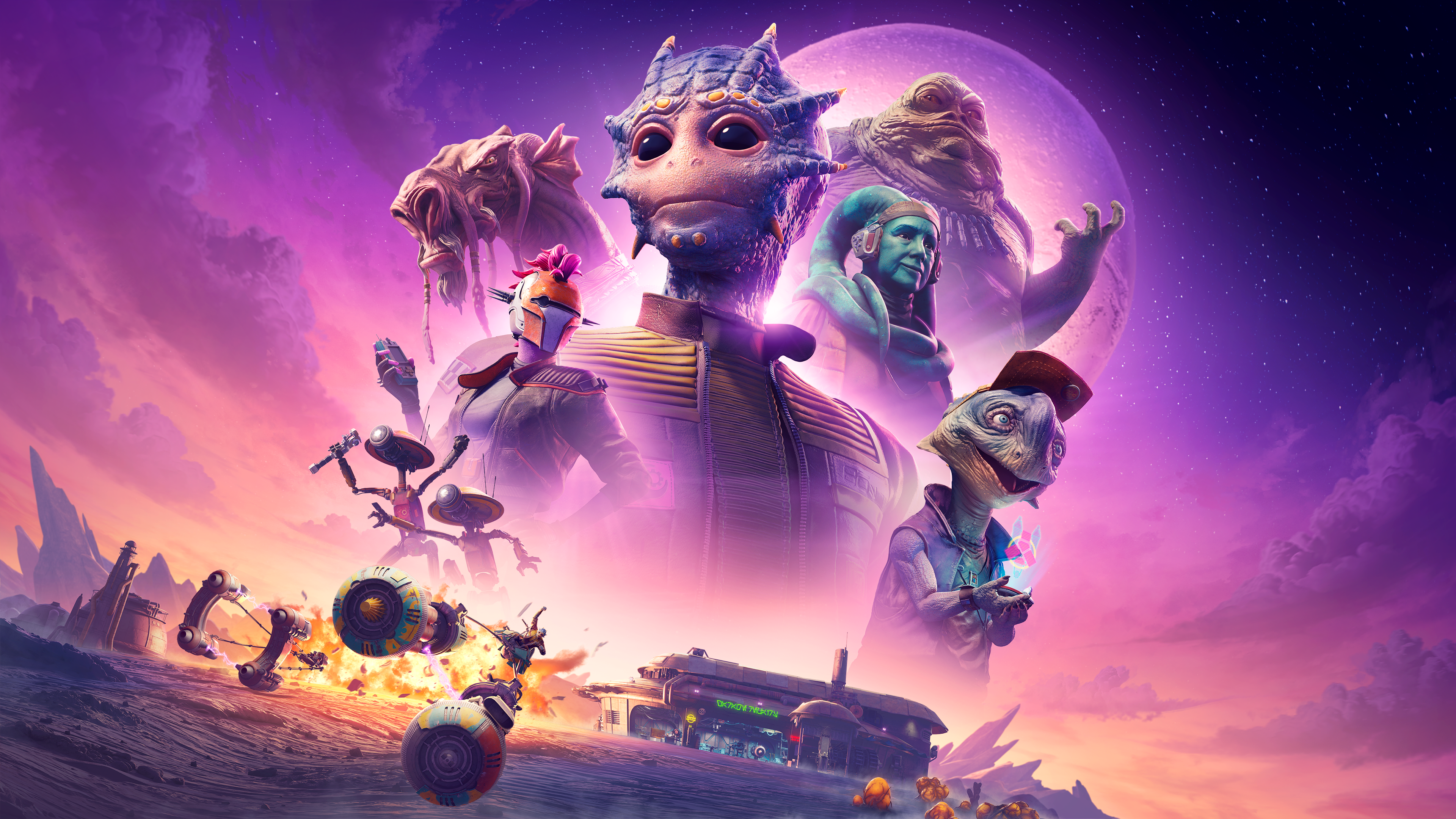
Step into the Dreamscape storefront at the Westfield Century City and you suddenly find yourself in a departure lounge for strange worlds at the edge of the imagination.
A board over the heads of the attendants lists the available “destinations”: virtual reality experiences that transport participants to environments where they will be able to interact with alien creatures and cursed temples, amongst others offerings. Each of the adventures available at launch — Alien Zoo, Magic Projector, and The Blu — have their names abbreviated to three letter codes, airport style.
It’s a neat detail, and when the name of the game is world building, neat details go a long way.
This Century City location is the flagship of Dreamscape Immersive, which aims to make a mark in the location based entertainment (LBE) domain of virtual reality (VR). Unlike the recently shuttered IMAX VR project, or the VR arcades that pop-up in tourist traps, Dreamscape offers up experiences you can’t replicate at home. This puts them on par with The VOID, although the approaches that the two companies use are subtly different.
Here’s a quick look at the three launch experiences at Dreamscape.

Alien Zoo
The first of Dreamscape’s offerings, Alien Zoo had a short run at Westfield months ago. My own time with it was on a demo stage at the company’s offices in Culver City.
The Zoo takes advantage of the fullness of Dreamscape’s physical platform — smells, touch, and the haptic floor — to create a 360 illusion of place. You haven’t really done LBE-VR until you’ve petted an alien giraffe-thing and felt along its jawline while it chews. That moment alone is worth the price of admission.

Lavan’s Magic Projector: The Lost Pearl
This one tees up a conceit with a lot of potential — that in the 1930’s a genius inventor came up with a way to enter the movies — and delivers on some thrill ride vibes.
The Lost Pearl plays out like a more interactive version of the Indiana Jones ride at Disneyland, with you and a cadre of others taking the roles of intrepid explorers in a hidden temple. Of all the Dreamscape offerings, this one points the way towards what has the most potential: serialized adventures that mix a little escape room action with thrill ride elements. As it is, The Lost Pearl is a touch on the tame side in both departments, with neither the puzzles nor the “ride” aspects really pushing it. Still: it’s hard to believe you’re not holding on to a runaway mine cart at certain points, and that counts for a lot.
Get Noah J Nelson’s stories in your inbox
Join Medium for free to get updates from this writer.
SubscribeSubscribe
There’s also something charming about the Magic Projector conceit, one I hope the company plays with going forward.

The Blu: Deep Rescue
This is a sequel, of sorts, to The Blu — one of the first VR titles to really get noticed. Production company WeVR, who built the original, are back for the follow-up.
That experience put you underwater and in touch (though not literally) with a massive blue whale. In this follow-up, the party is cast in the role of a dive team looking for the whale, whose tracker has gone off-line.
The Blu has a lot in common with Alien Zoo, both from a thematic and technical standpoint in that you spend most of the adventure on a small vehicle (in the Zoo it is a floating platform) that traverses a space whose details speak to an environmental message.
With the right group, The Blu could be downright meditative. My own cohort was a bit chatty, which quashed some of the grandeur. That’s one of the pitfalls of social VR: like an escape room, the quality of the experience often depends as much on the nature of your companions.
Putting It All Together
A few other things factor in to the overall experience.
On the tech side, preview night saw a few hiccups, as the team was still getting the fine details on how to get folks in and out of the six pieces of gear needed to immerse in the dreamscape.
Ironically, the easiest part was the one that would seem to be the most tricky: the foot and hand sensors that each guest has to wear. However, the product design team at Dreamscape has done a great job of making the elastic straps which go over shoes and hands easy to get on and off. After you’ve done it once, it’s a no-brainer to slip in and out of them and get them fastened down right.
The backpacks are also an order of magnitude lighter than what The VOID offers up. However, the overall design is less engineered, making it less obvious when straps are out of place, and pulling a backpack on from a seated position is awkward.
On preview night, we were also walked into the open tech stage with our visors up, a marked difference from how things work at The VOID, where part of the magic is not seeing the stage where it all happens. Now, from a tech-head standpoint, Dreamscape’s stage is a thing of wonder, but it takes away from the fiction to see how it all works. Maybe that was just a preview-night thing? Those who caught the original run of Alien Zoo I spoke with recalled being led into the space with their visors down. On the other hand, could be a permit thing. At least the space has real holodeck vibes.
The bumpy transition between real word and virtual can — and should — get smoothed out. When that happens, Dreamscape has some real advantages as they build out their offerings. So much of the experience going in is familiar, and the frame around travel sets the proper mood for exploration. The stage tech itself can be configured in all kinds of clever ways that can replicate the best options escape rooms have to offer with minimal reset time.
It’s easy to be cynical about VR after first wave of consumer technology failed to catch fire, but this year has seen a sea change. With Dreamscape and The VOID up and running, and experiences like Chained playing to select audiences, we’re finally getting the kind of virtual reality experiences that folks who don’t go gaga over tech specs can be excited about.
2019 is going to be a very interesting year indeed.
Dreamscape Immersive is located at the Westfield Century City in Los Angeles, CA. More locations are planned in the coming year.
NoPro is a labor of love made possible by our generous Patreon backers. Join them today!
In addition to the No Proscenium web site, our podcast, and our newsletters, you can find NoPro on Twitter, Facebook, YouTube, Instagram, in the Facebook community Everything Immersive, and on our Slack forum.
Office facilities provided by Thymele Arts, in Los Angeles, CA.















Discussion